Latest
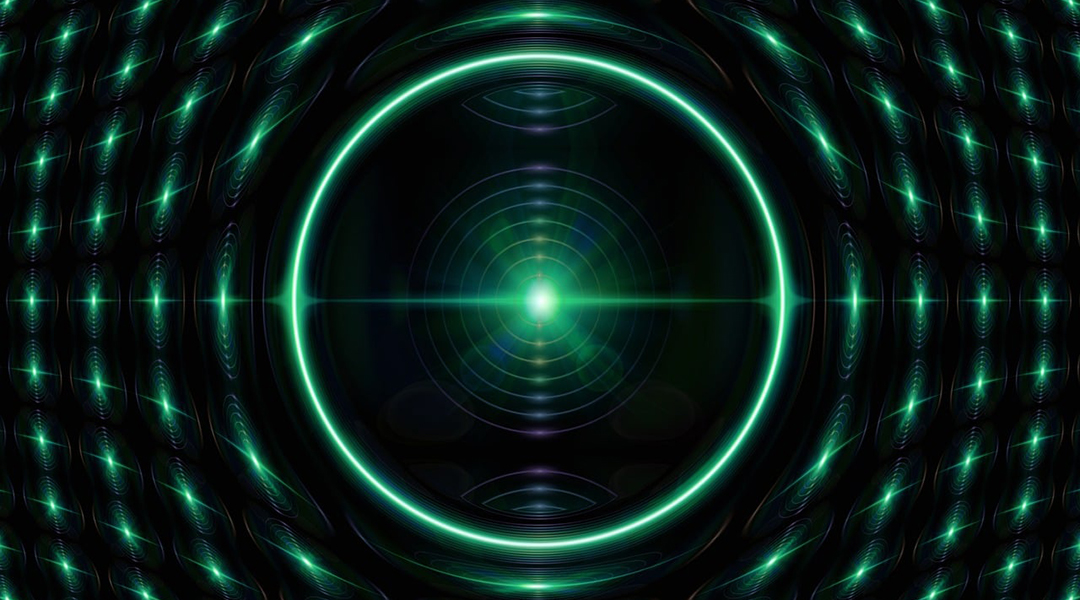
Anti-aging for lasers: Gallium nitride lasers get a longevity boost
Scientists have uncovered the cause of rapid degradation in powerful gallium nitride lasers and develop a solution to extend their lifespan.
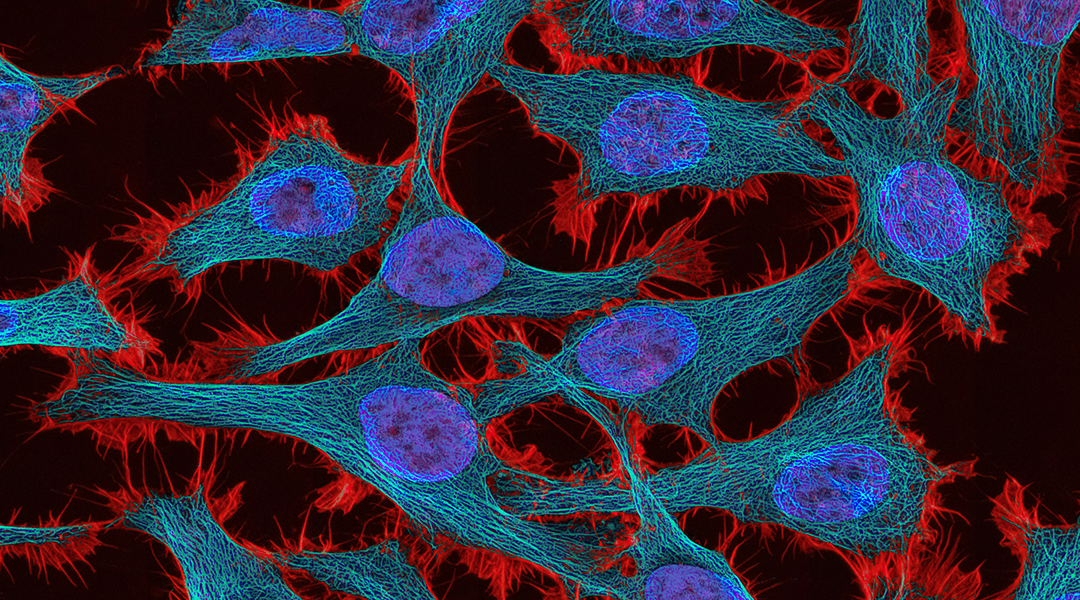
Blocking key protein halts spread of cervical cancer tumors
New findings shed light on how cervical cancer spreads to the lymph nodes, opening the door for treatments that could stop the process.
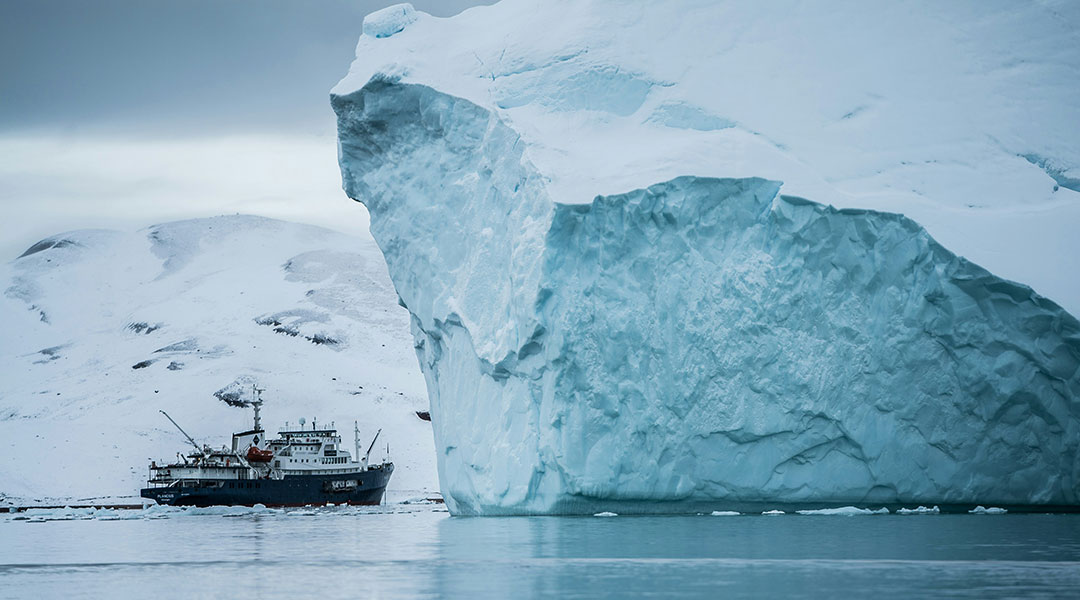
A rockslide in Greenland caused the Earth to vibrate for nine days
A mega-tsunami in Greenland surged through a fjord for days, creating seismic waves that caused seismometers across the globe to hum.

New study reveals aligned brain waves strengthen the bond between humans and dogs
Scientists have discovered that human and dog brain waves synchronize during social interactions, offering new insights into our unique bond.
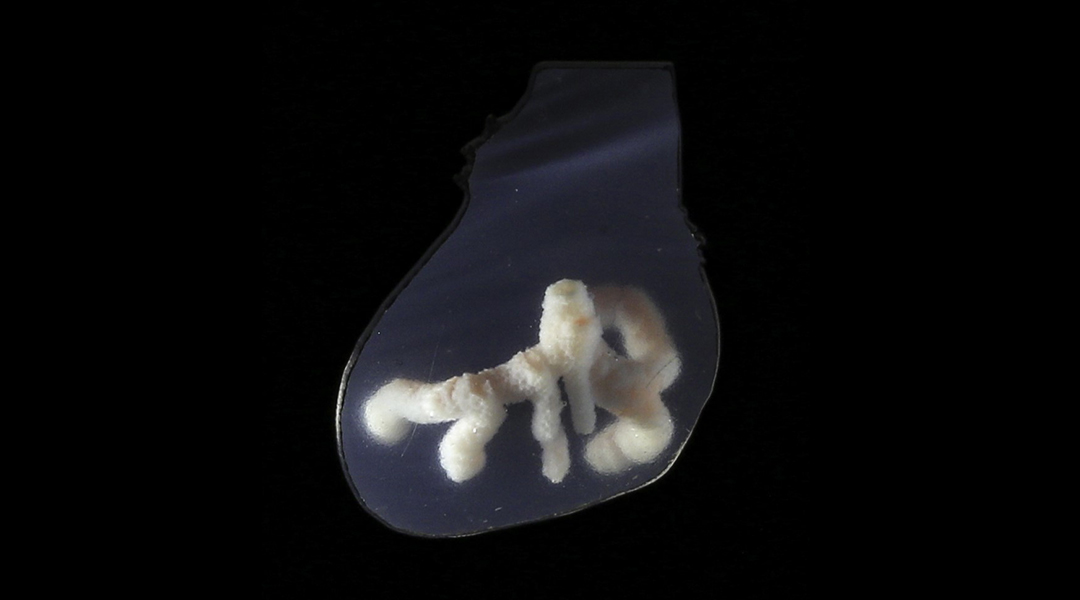
3D printing creates human-like blood vessels in heart tissue
This 3D printing method could make lab-manufactured organ transplants not just a possibility but a viable reality.
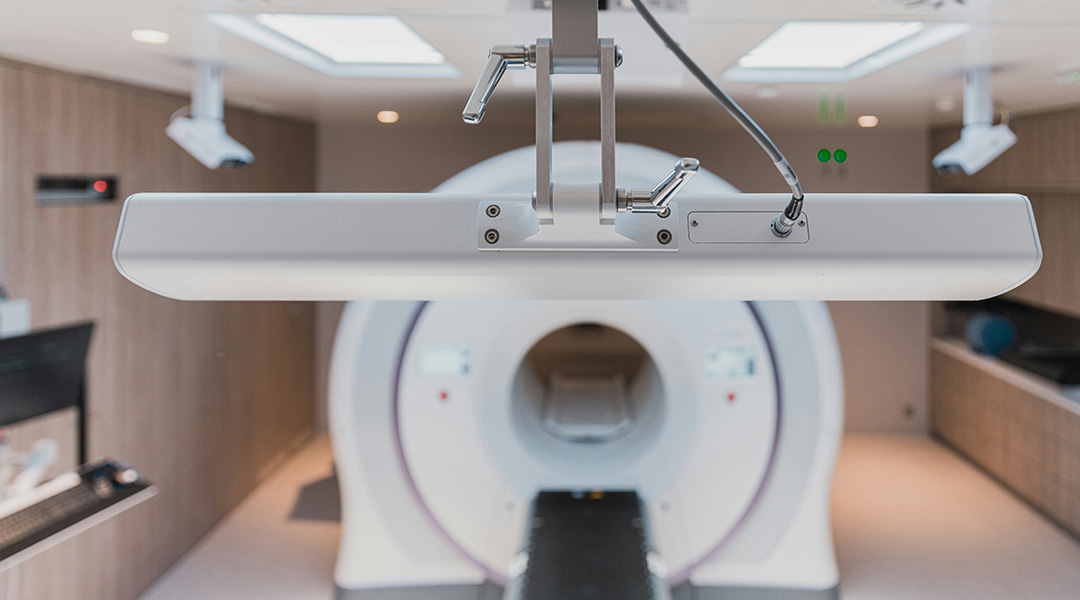
MRI-guided robotic positioner could help treat brain disease
The system could be used by surgeons performing procedures to treat brain tumors and Parkinson’s disease.
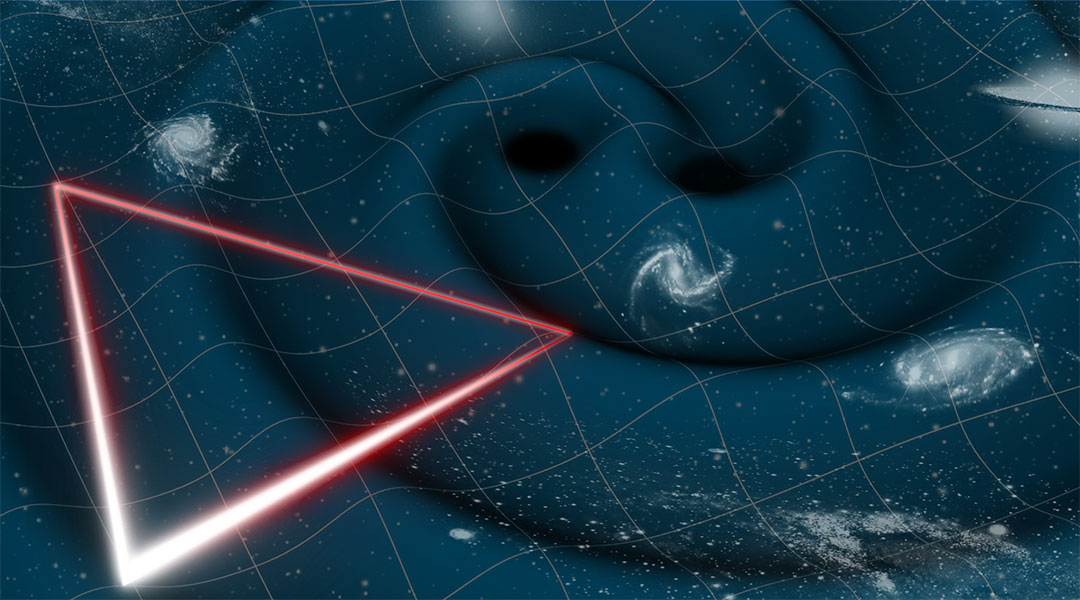
LISA gravitational wave detector could help scientists see the birth of the Universe
ESA greenlights LISA, a space-based observatory poised to detect gravitational waves across space and time.
ASN Weekly
Sign up for our weekly newsletter and receive the latest science news directly to your inbox.
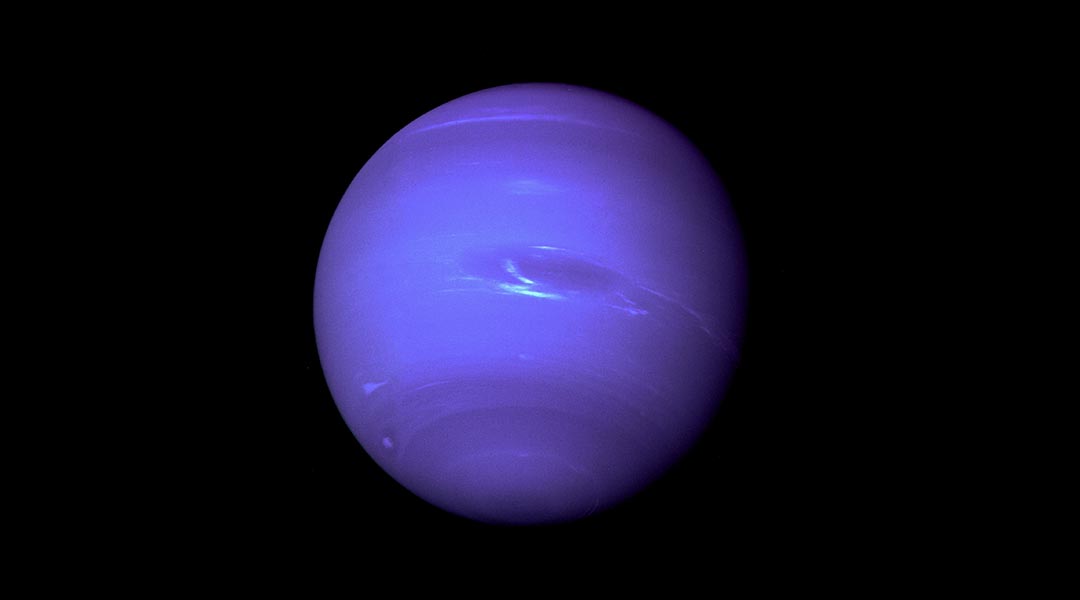
Neptune’s unexpectedly cool summer
A compilation of data gathered over the last 20 years shows a surprising drop in global temperatures on Neptune.
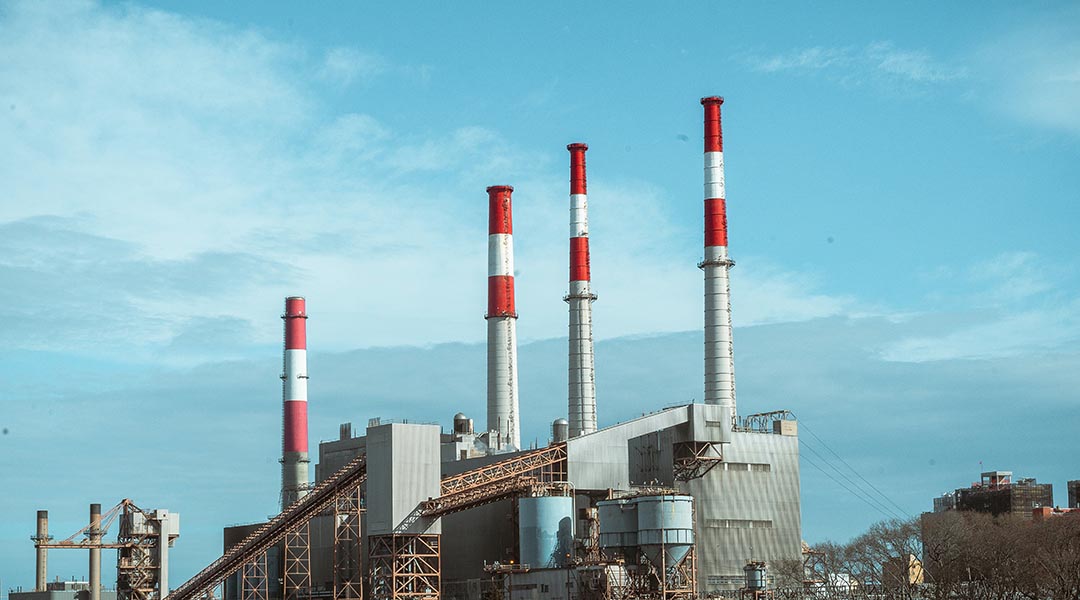
Decarbonizing the chemical industry with sustainable photons
Decarbonizing the chemical industry is possible, provided decreases in the cost of solar energy and increases in LED efficiency continue.

Module labs are a polarizing plan for COVID-19 vaccine manufacturing in Africa
Without independent vaccine manufacturing in Africa, the social and economic costs of the pandemic will only be prolonged.

Gravity energy storage elevated to new heights
An innovative new gravity storage system with an “elevator” style building design is a viable solution to global grid-scale energy storage.
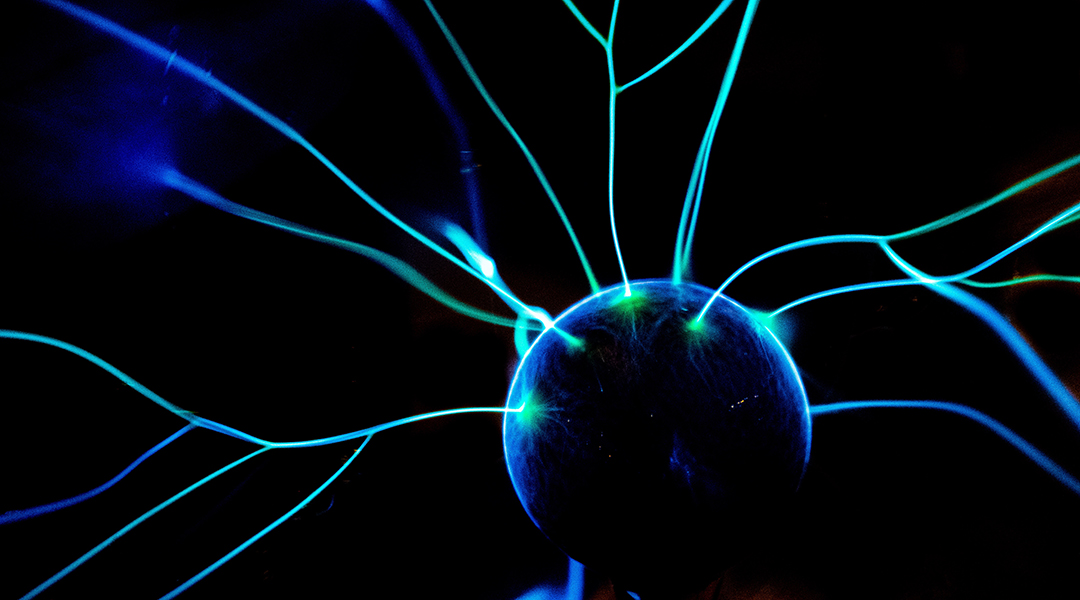
Memristive neurons with human-like perception
Memristor-based sensing devices generate biological-like electrical signals that mimic those found in the brain for better computing.

Are sulfate-free shampoos really better?
The sulfate-free movement in beauty products has been gaining popularity, but this isn’t based in science, say experts.
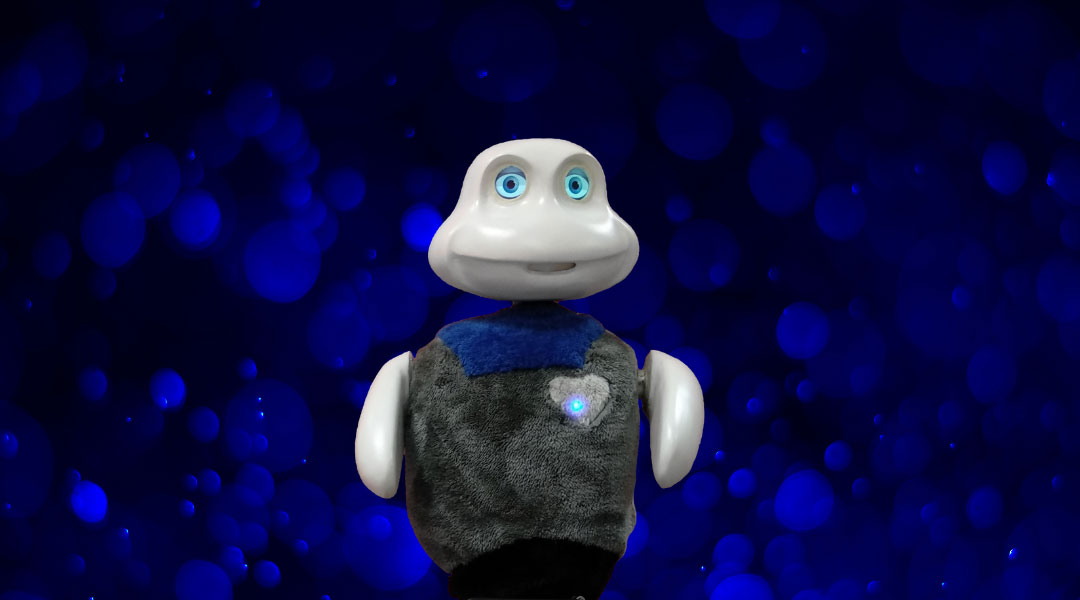
Robots with involuntary behaviors seem more natural
Modeling involuntary aspects of human behavior, such as blinking or even jet lag, might help build trust in robot-human interactions.
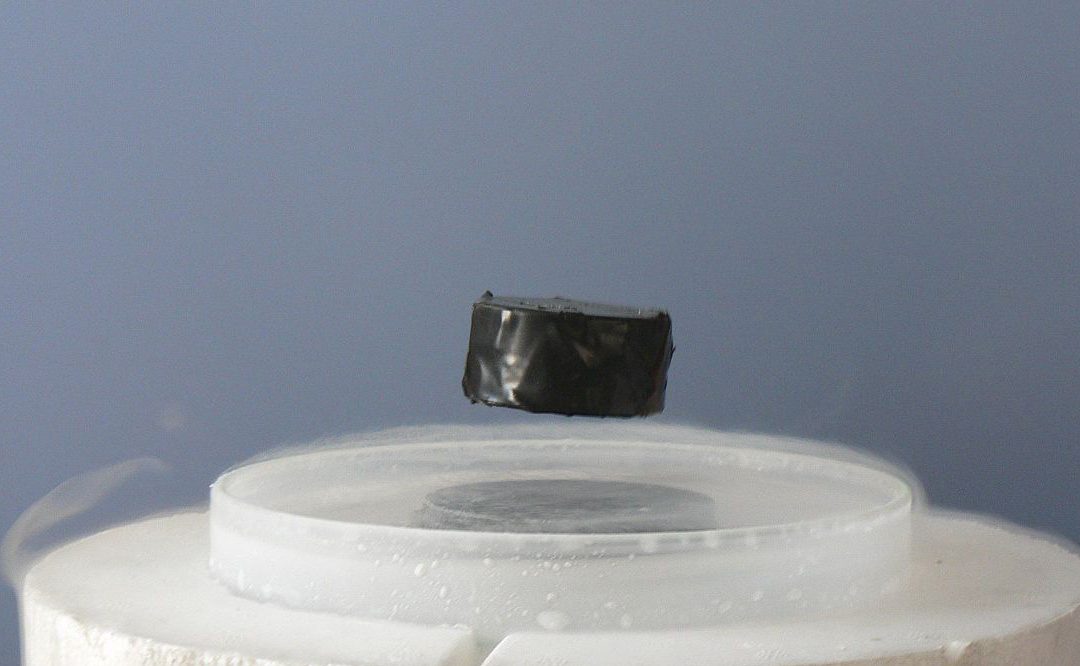
An important step toward the theory of superconductivity
Understanding room temperature superconductivity one step closer thanks to researchers looking at the effects of pressure.
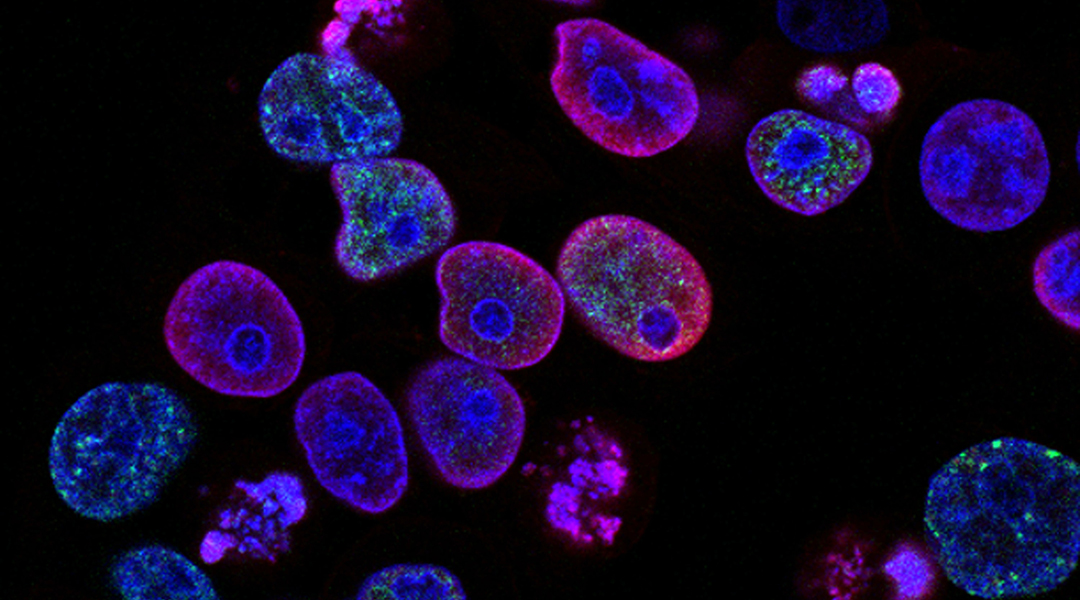
Dormant cancer cells camouflage to resist radiotherapy
Some tumor cells were found to survive a bout of radiotherapy, eluding researchers by camouflaging as normal cells.
No Results Found
The page you requested could not be found. Try refining your search, or use the navigation above to locate the post.
No Results Found
The page you requested could not be found. Try refining your search, or use the navigation above to locate the post.
No Results Found
The page you requested could not be found. Try refining your search, or use the navigation above to locate the post.
No Results Found
The page you requested could not be found. Try refining your search, or use the navigation above to locate the post.
No Results Found
The page you requested could not be found. Try refining your search, or use the navigation above to locate the post.
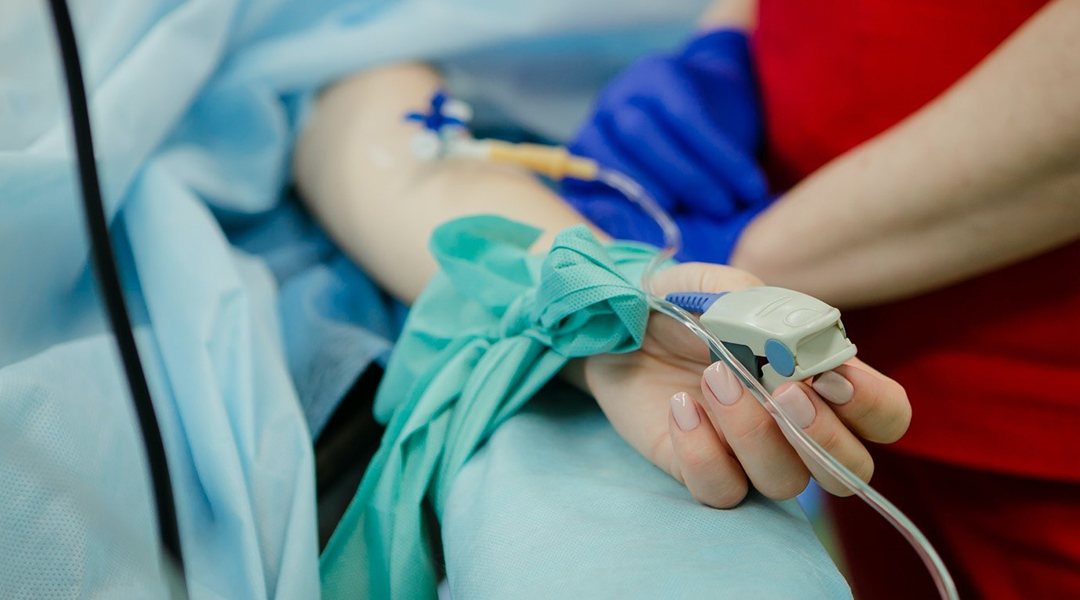
Unlocking personalized leukemia therapy using epigenetic biomarkers
A specific epigenetic signature in patients who respond to chemotherapy offers potential to improve treatment.

Powering wearable health monitoring devices without batteries
A battery-free wearable device wirelessly monitors health using body heat for continuous power.
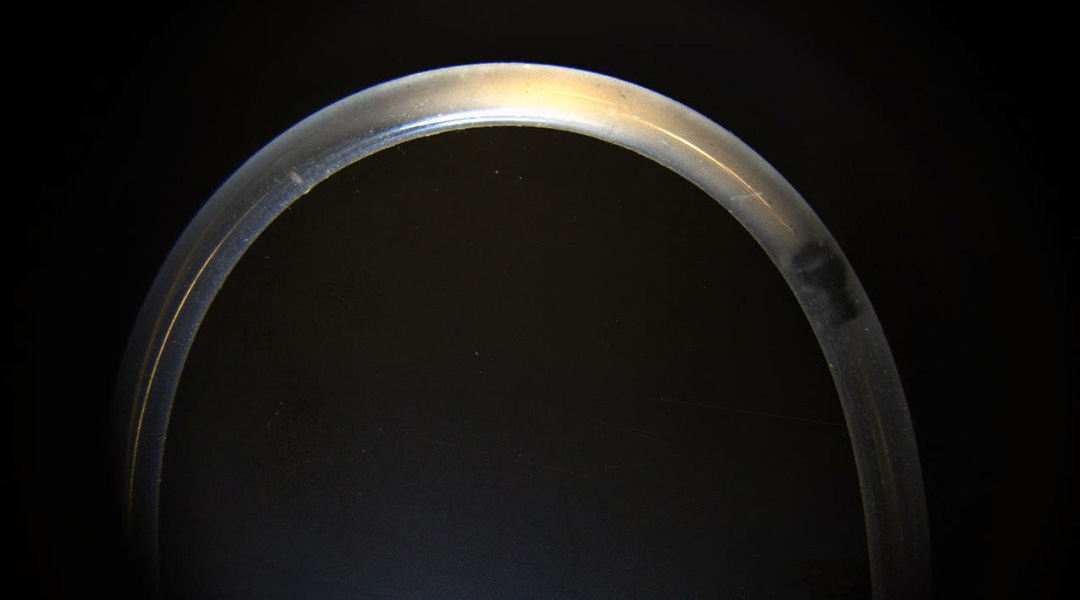
Micromachines destroy bacterial biofilms in hard-to-reach places
Magnetic hydrogel micromachines break up biofilms and release antibiotics, combating biofilm infections associated with medical devices.
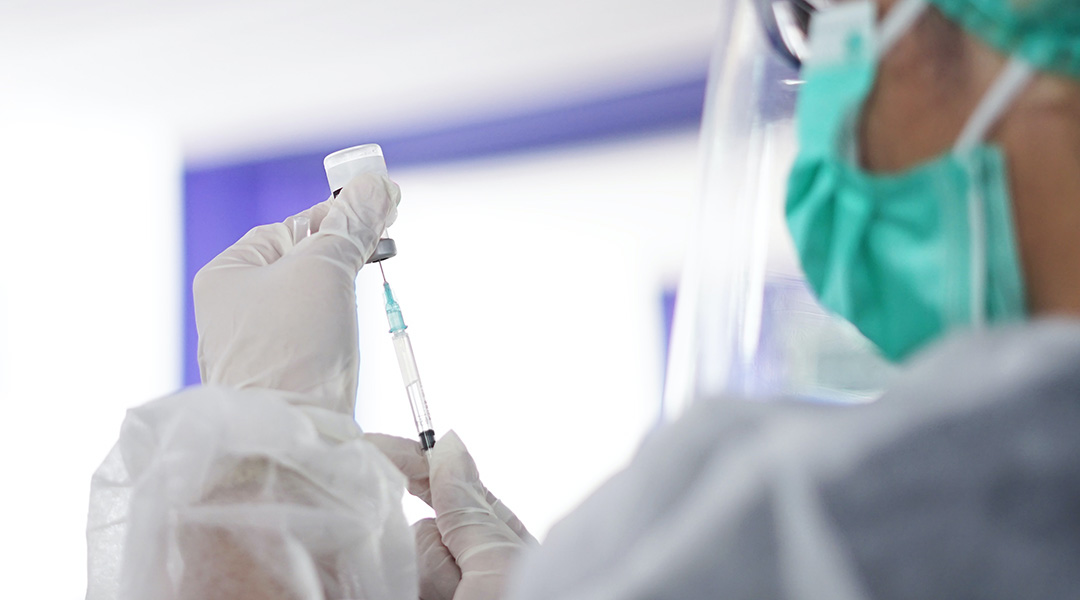
Hydrogel vaccines could spell the end of booster shots and vaccine inequity
A hydrogel delivery system boosts single-dose efficacy and provides a potential tool to fight future pandemics and vaccine inequity.
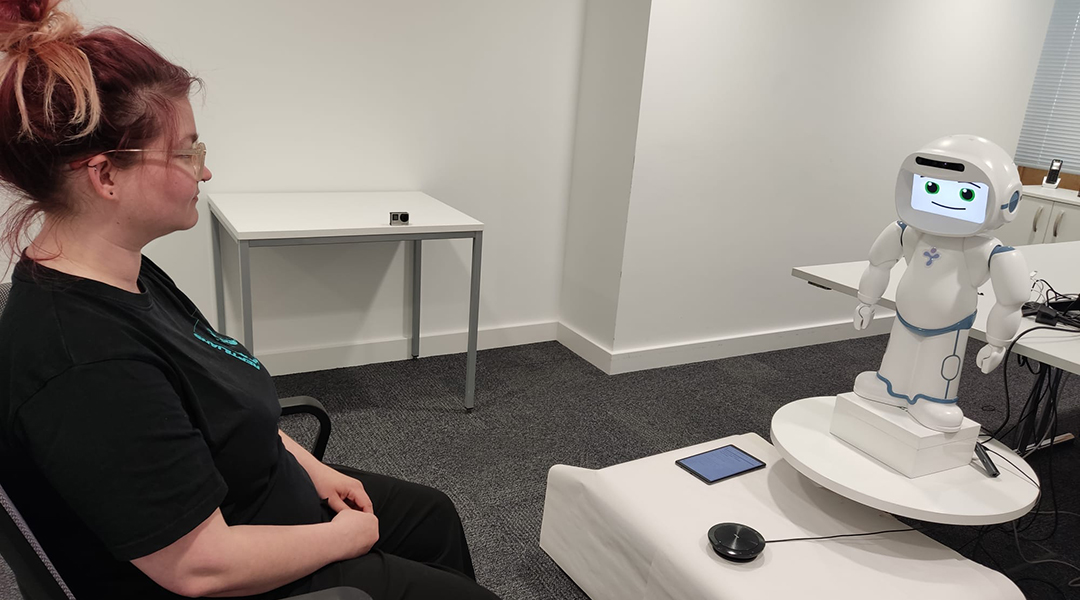
Robots can help improve workplace well-being, but only if we learn to connect with them
Just like successful therapist or coach relationships, machine-human relationships require engagement and trust if robots are to be useful.

Infrared: The future of anti-counterfeit tags?
A new study proposes a technique to print images on a special surface such that they can only be seen by authorized recipients.
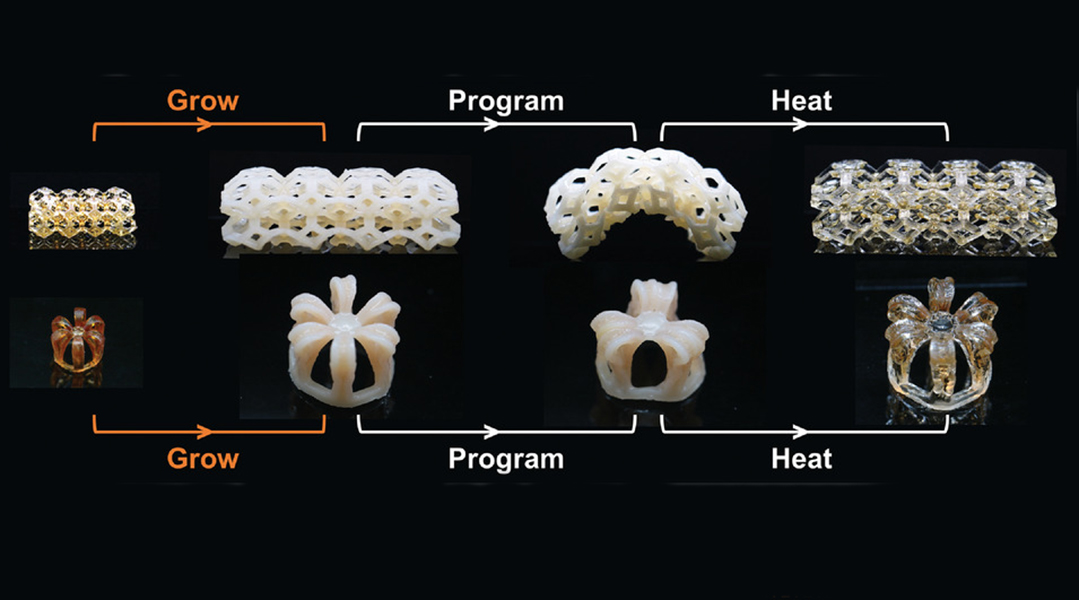
4D printing “living” structures inspired by immortal jellyfish
4D printing produces a living polymer network that can be printed into 3D shapes and then broken down into its monomer units for reuse.
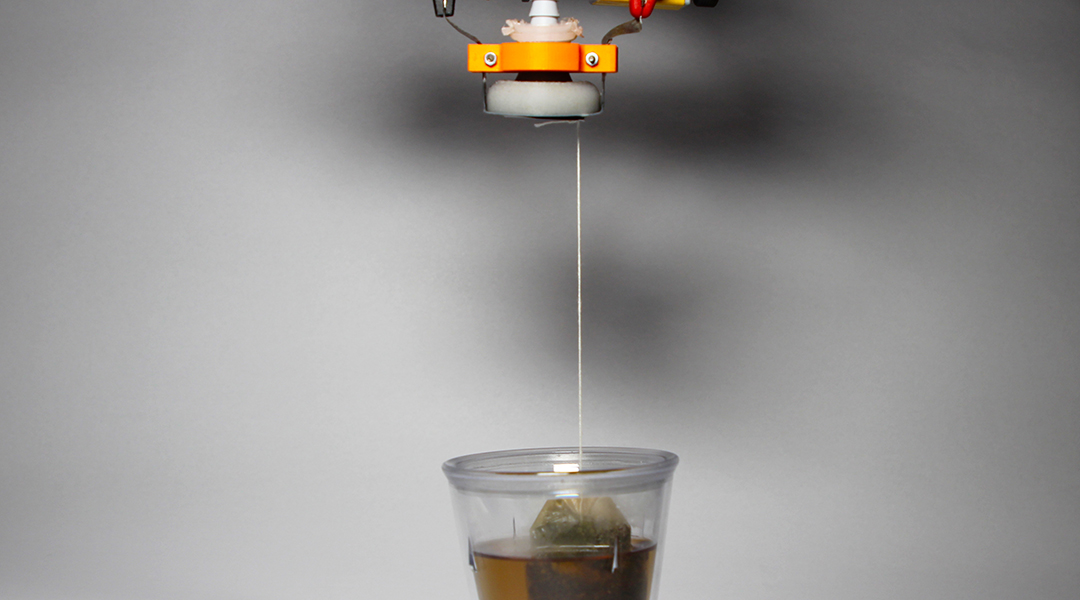
A soft robotic hand takes a two-pronged approach to grasping
Resembling a balloon filled with coffee grounds, this gripper uses granular jamming and electrostatic interactions to manipulate objects.
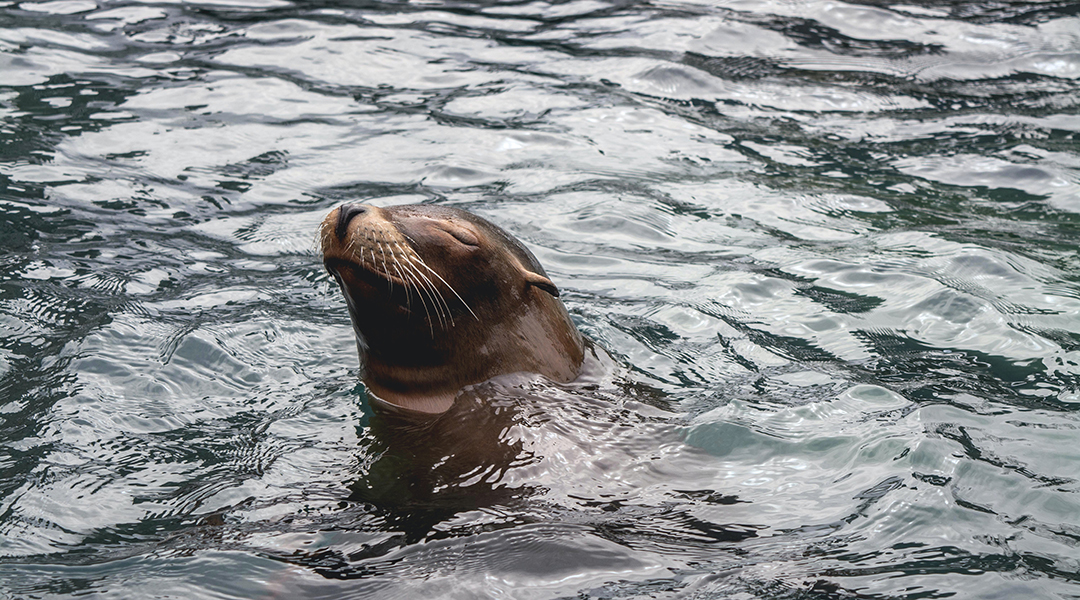
How seals’ whiskers help them hunt
Scientists reveal the highly sensitive nature of seal whiskers, which enable them to hunt effectively even in poor visual conditions.

Plant immunity to fungal pathogens developed millions of years ago
As plants evolved to live on land, so too did their immune systems, offering protection against dangerous fungi.
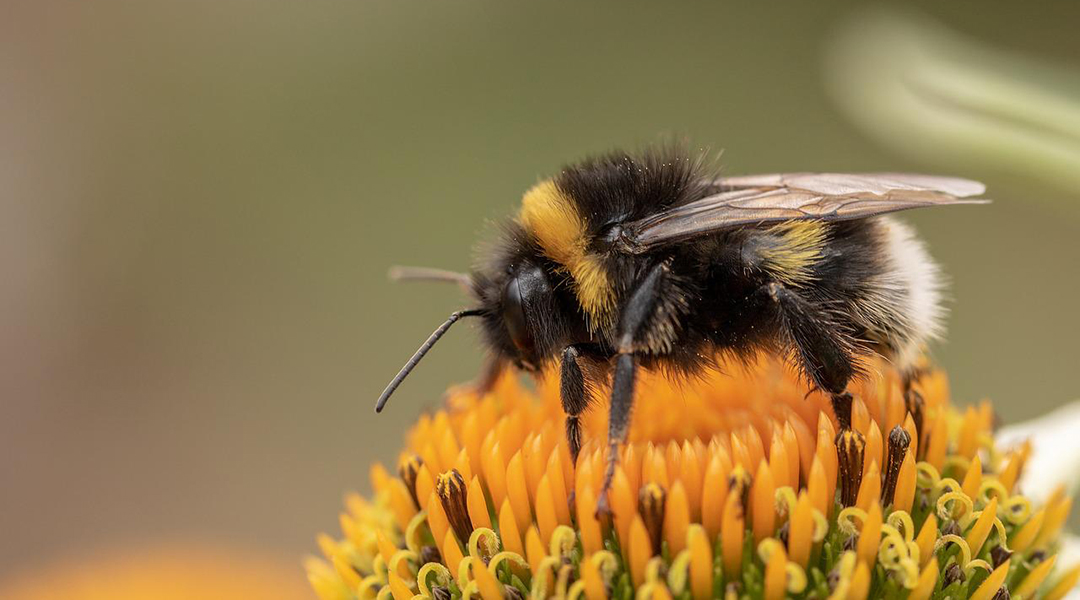
Isolated bumblebees become socially awkward
Low levels of socialization are sufficient in maintaining typical behavior and brain development in bumblebees.

Forest restoration benefits depend on location
The long-term benefits of global forest restoration to support biodiversity and ecosystems depends on climate and forest type.

Taming plasma instabilities for future nuclear fusion reactors
Optimizing plasma instabilities within a nuclear fusion reactor will pave the way for its use as a clean source of perpetual energy.
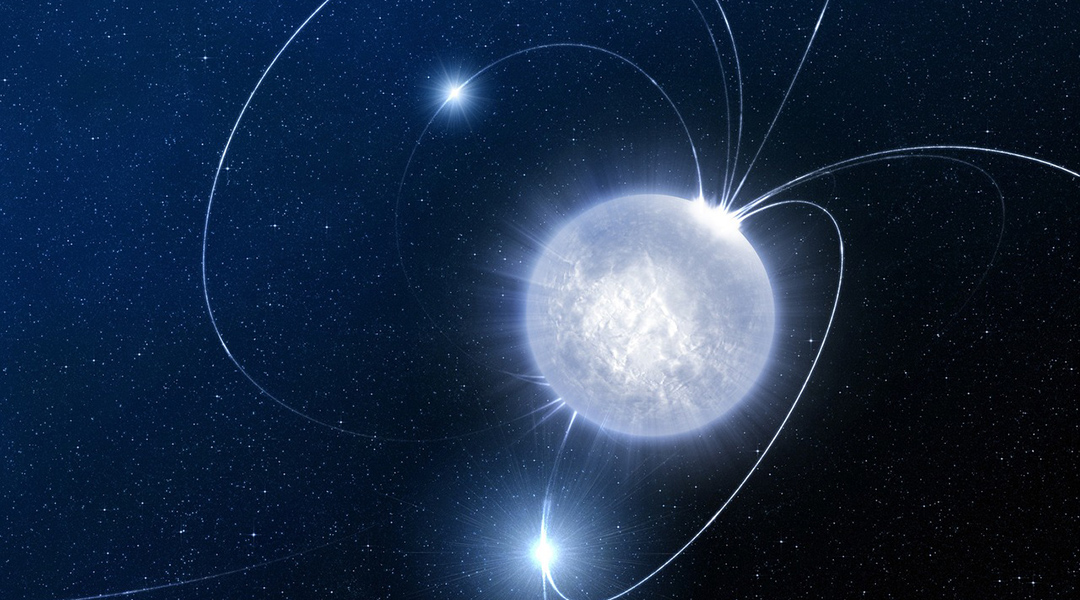
A quark star may have just been discovered
More confirmation needed to see if recently discovered object is a quark star.
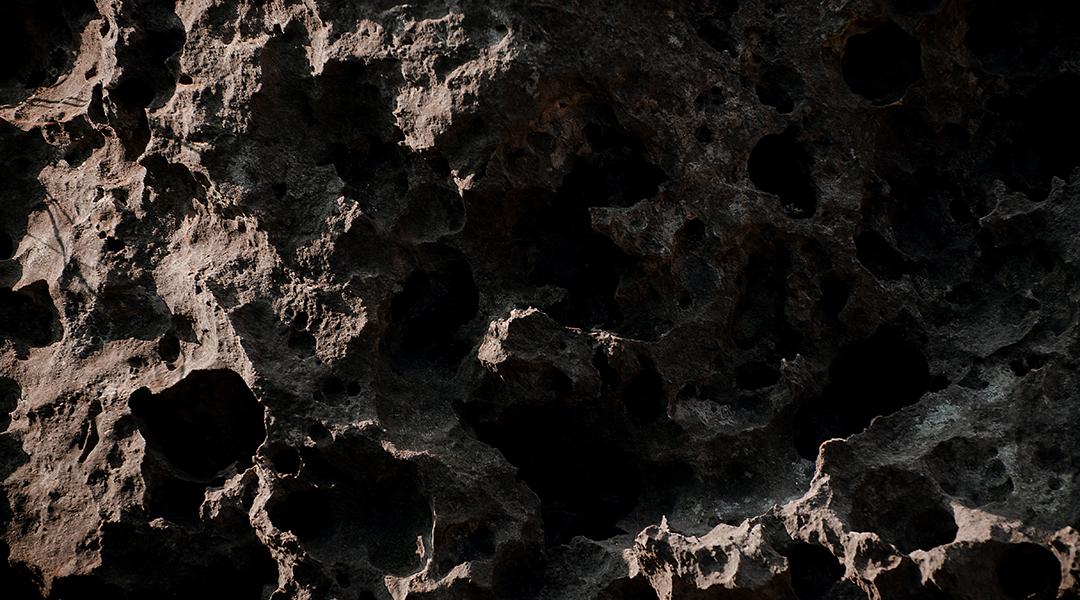
Largest-ever radar study of near-Earth asteroids
Years’ worth of radar data from the now-destroyed Arecibo Observatory has helped detail almost 200 near-Earth asteroids.

Defining the edges of galaxies
Using a new definition of galaxy size, astronomers have uncovered new, exciting findings about how they formed and evolved.



